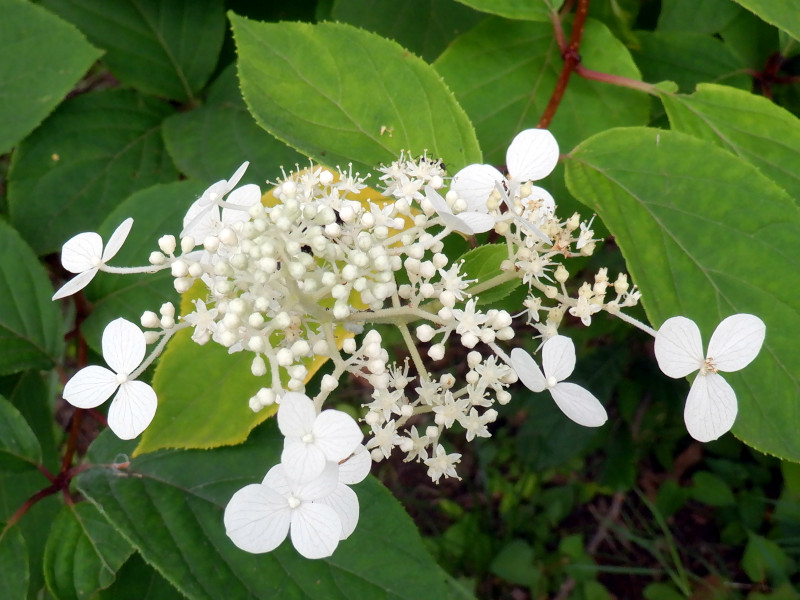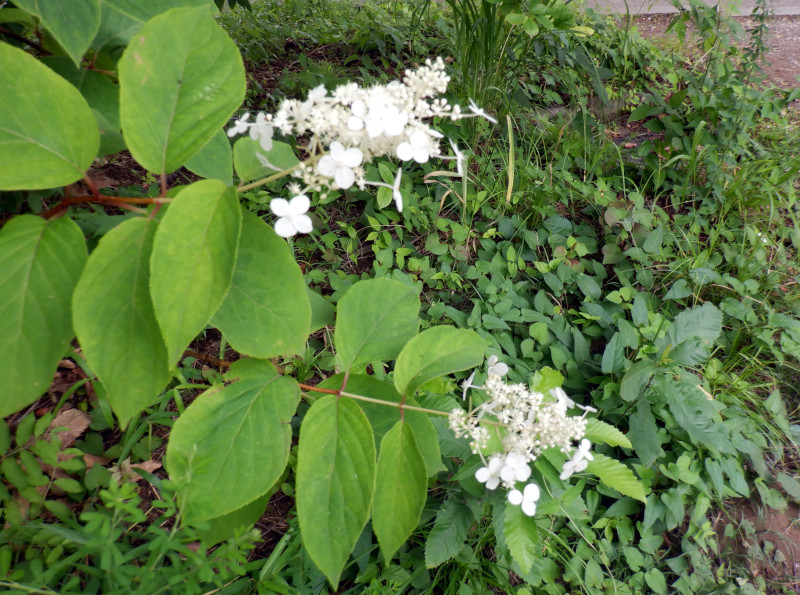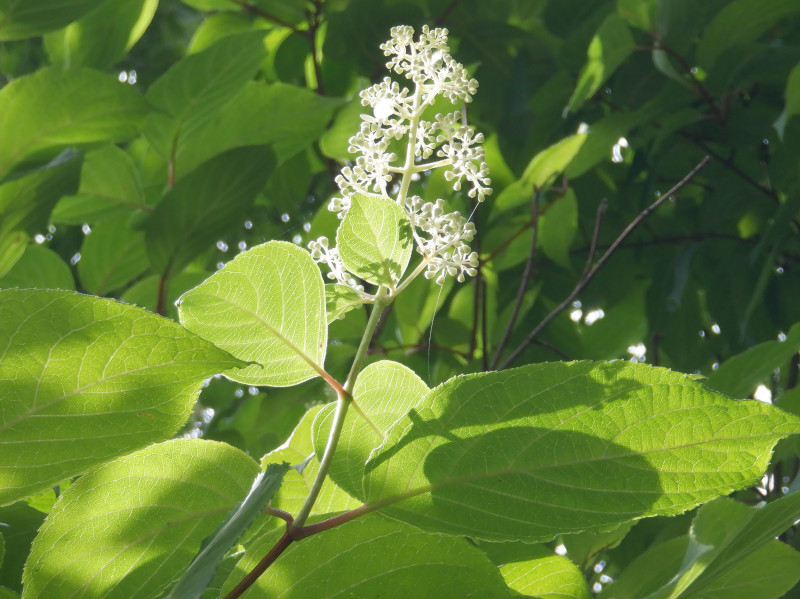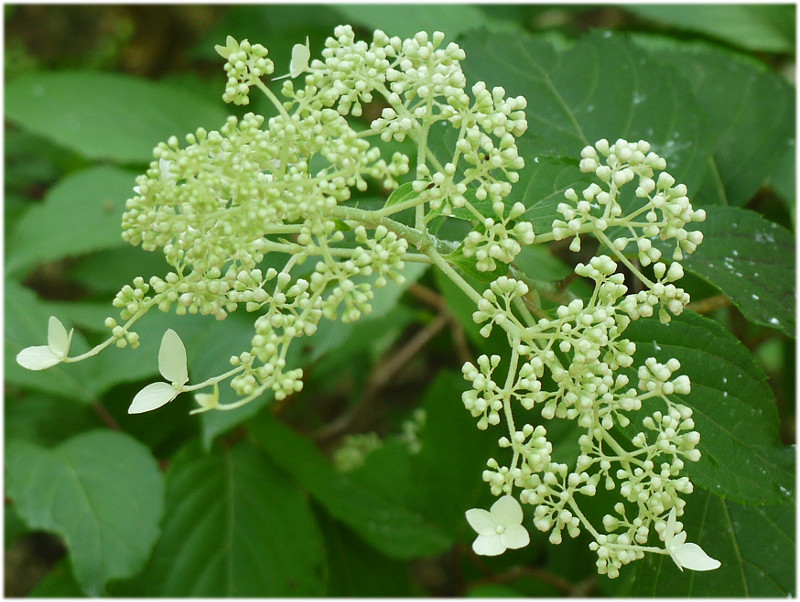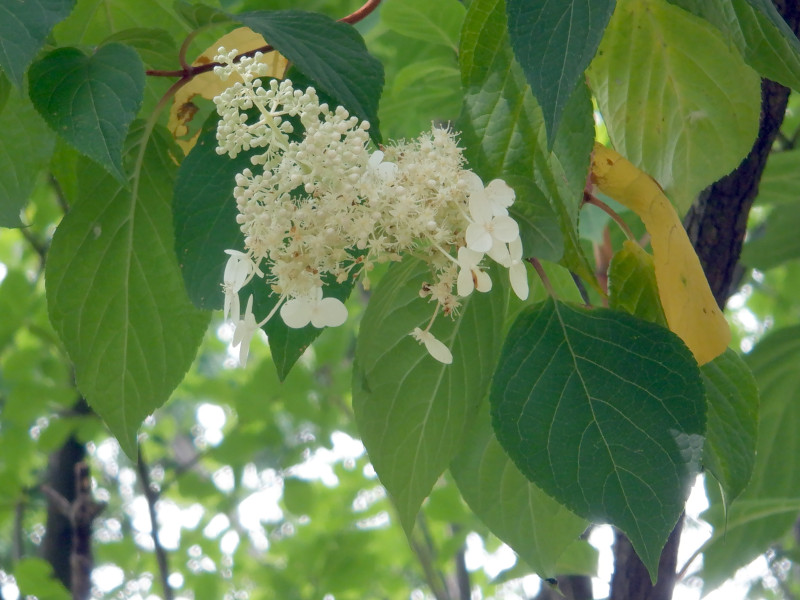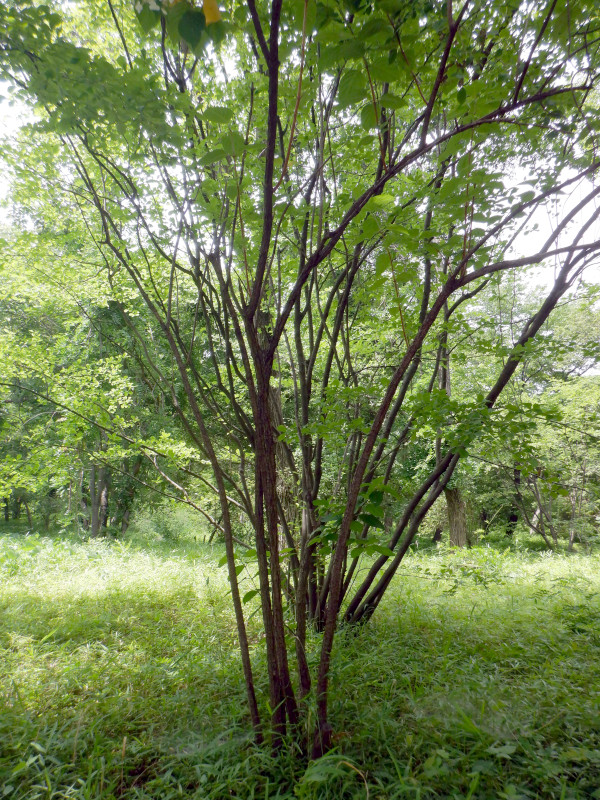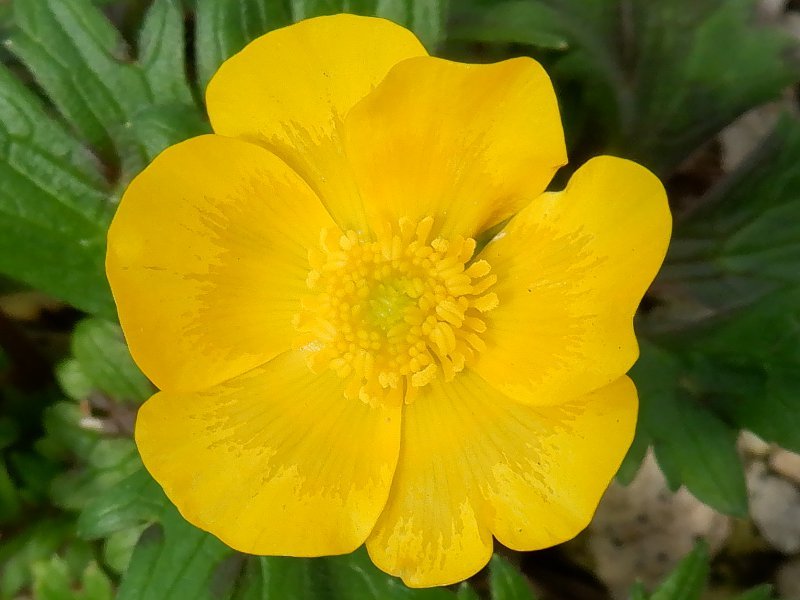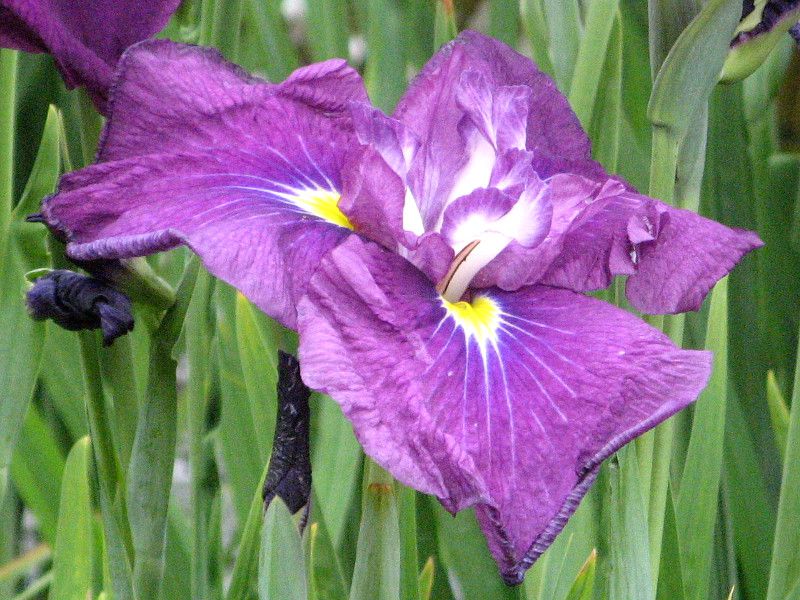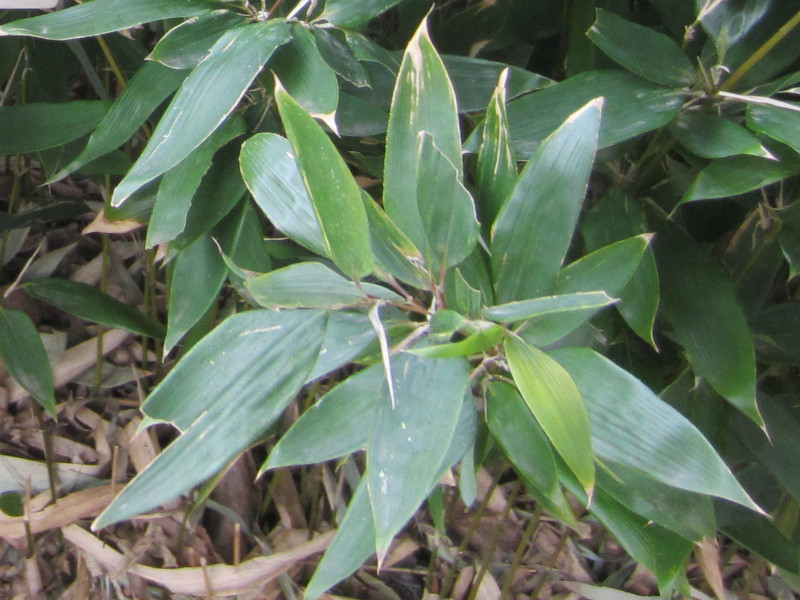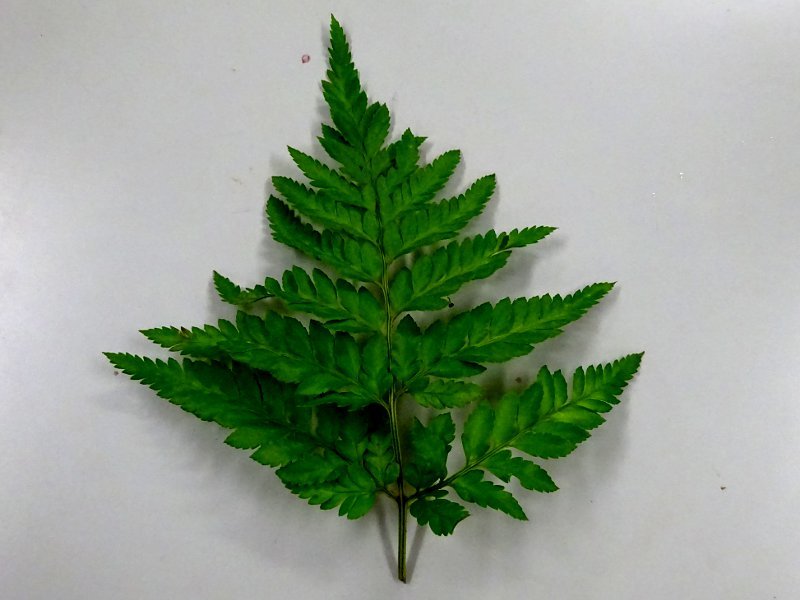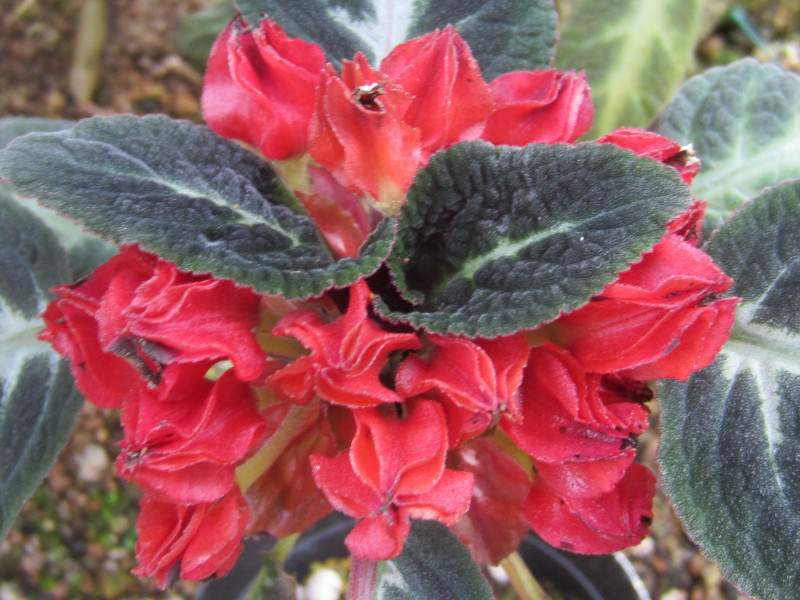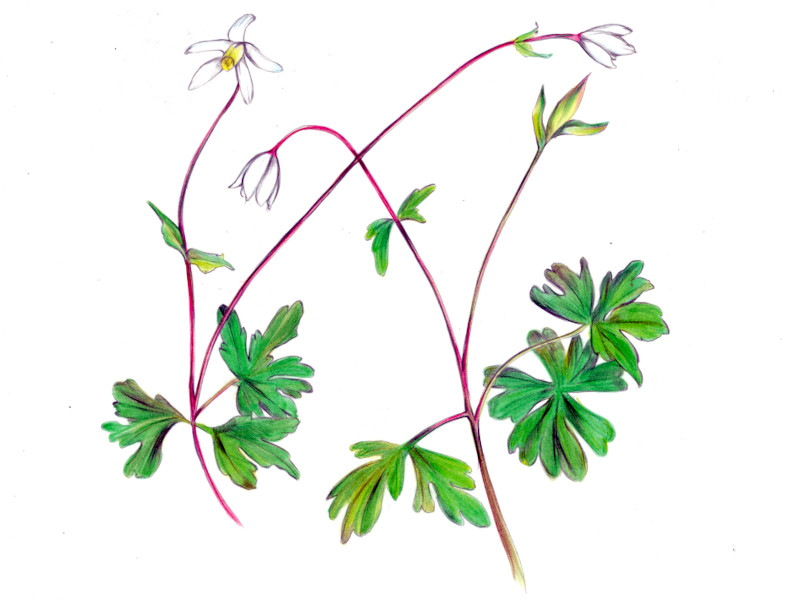Hydrangea paniculata
- Flower nameHydrangea paniculata
- Scientific nameHydrangea paniculata
- Alias糊空木
- Place of originChina, Korea, Russia and Japan
- Place of floweringLow mountains
- Flowering seasonJuly, August, September
What is Hydrangea paniculata
Hydrangea paniculata, commonly known as the panicled hydrangea or in Japanese as "Nori-utsugi" (糊空木), is a deciduous shrub native to China, Korea, Sakhalin, and Japan. It belongs to the Hydrangeaceae family and is a hardy plant. It can be found growing in the mountainous slopes and thickets from Hokkaido to Kyushu.
The shrub typically reaches a height of 2 to 5 meters. The leaves are attached by petioles, green, and ovate to elliptical in shape, measuring 7-15 cm in length with serrated edges. They are arranged oppositely on the branches.
Hydrangeas Bloom First, Followed by Hydrangea paniculata
Although both Hydrangeas and Hydrangea paniculata belong to the same genus, they have different blooming times. Hydrangeas (Hydrangea macrophylla) bloom from June to July, while Hydrangea paniculata blooms from July to September.
The flowers of Hydrangea paniculata are bisexual and appear in panicles that are 8-30 cm long, with white sterile flowers surrounding the central small white bisexual flowers. The sterile flowers are single and about 3 cm in diameter. Although the wild type of Hydrangea paniculata resembles the Lacecap Hydrangea, the cultivated varieties have more sterile flowers and resemble Hydrangeas.
Differences Between Hydrangeas and Hydrangea paniculata
- Blooming period: Hydrangeas bloom first, followed by Hydrangea paniculata.
- Inflorescence shape: Hydrangeas have a globular inflorescence, whereas Hydrangea paniculata has a conical inflorescence.
- Flower color changes with soil pH: Hydrangeas change flower color based on soil pH, turning blue in acidic soil (pH 7 and below) and pink in alkaline soil (pH 7 and above). Hydrangea paniculata's flower color does not change with soil pH.
Origin of the Name "Noriutsugi"
The Japanese name "Noriutsugi" comes from the resemblance to "Utsugi" (空木, Deutzia crenata) and the historical use of the inner bark of Hydrangea paniculata in making the glue for traditional Japanese paper. The genus name "Hydrangea" is derived from the Greek words "hydor" (water) and "angeion" (vessel), meaning "water vessel." The species name "paniculata" refers to the panicle-shaped flower cluster.
Common name: Hydrangea paniculata, scientific name: Hydrangea paniculata, origin: China, Korea, Russia and Japan ,Habitat: from Hokkaido to Kyushu, environment: mountain slopes, bushes, leaf shape: ovate to elliptical, leaf blade: 7-15 cm, phyllotaxis: vs., petiole with, margin serrate, hermaphrodite flowers, Panicles, flowering: white in July through September, a decorative flower, white, flower color: Central around the tiny bisexual flowers with white 4 decorative flowers, flowers to bloom better, single, flower diameter: 10-17 cm, decorative flower diameter: 3 cm


